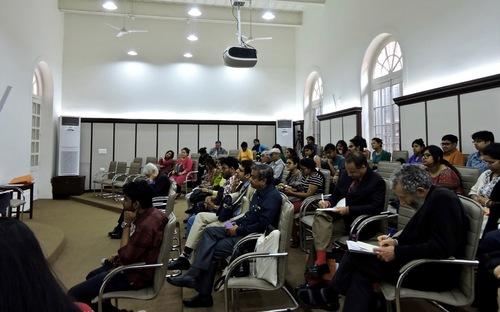In 1907, the first antibiotic was synthesized. It was able to treat syphilis without harming the the human body and was heralded as a “magic bullet” by its inventor. Nowadays, medicine without antibiotics is nigh unthinkable.
More than a century later, the medical community stands on the precipice of a similarly tectonic breakthrough with the discovery of gene therapy, which offers the hope of curing numerous genetic disorders.
A plethora of birth defects stems from the mutation of a single gene that shortchanges the body of some function or another. Gene therapy works by splicing in the working copies of that gene into a patient’s chromosomes.
The genetic editing is done by modified viruses, stripped out their ability to multiply in the host’s body, carrying copies of the working gene that are injected into the tissues of the affected organ, where they work to fix replace the mutated gene.
The groundworks for gene therapy was laid in the late 1990s, when advances in DNA sequencing allowed for the discovery of the exact genetic cause of many congenital disorders. So far, the mutations responsible for 35 eye-related genetic disorders have been discovered.
“We’re just at the beginning of this,” said Mark Pennesi, a clinical scientist at Oregon Health and Science University. “At least 18 or 19 genes that have been associated with Leber’s congenital amaurosi (LCA), and there are probably a few more to be discovered.”
LCA is a mono-genetic disorder that slowly robs the afflicted of their vision; the vision loss is caused by a gradual deterioration of the rods and cones, the cells in back of the eyes that detect light. Only a single mutation is necessary to trigger the disease, unlike poly-genetic disorders, the occurrence of which are correlated with multiple mutations.






